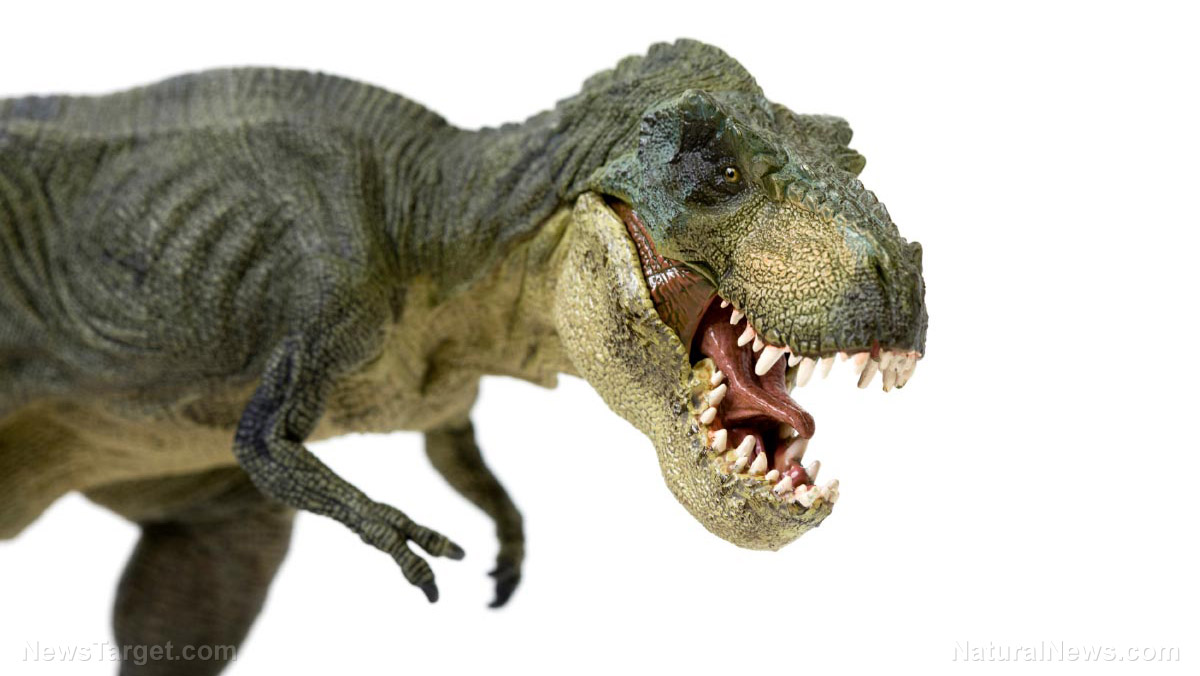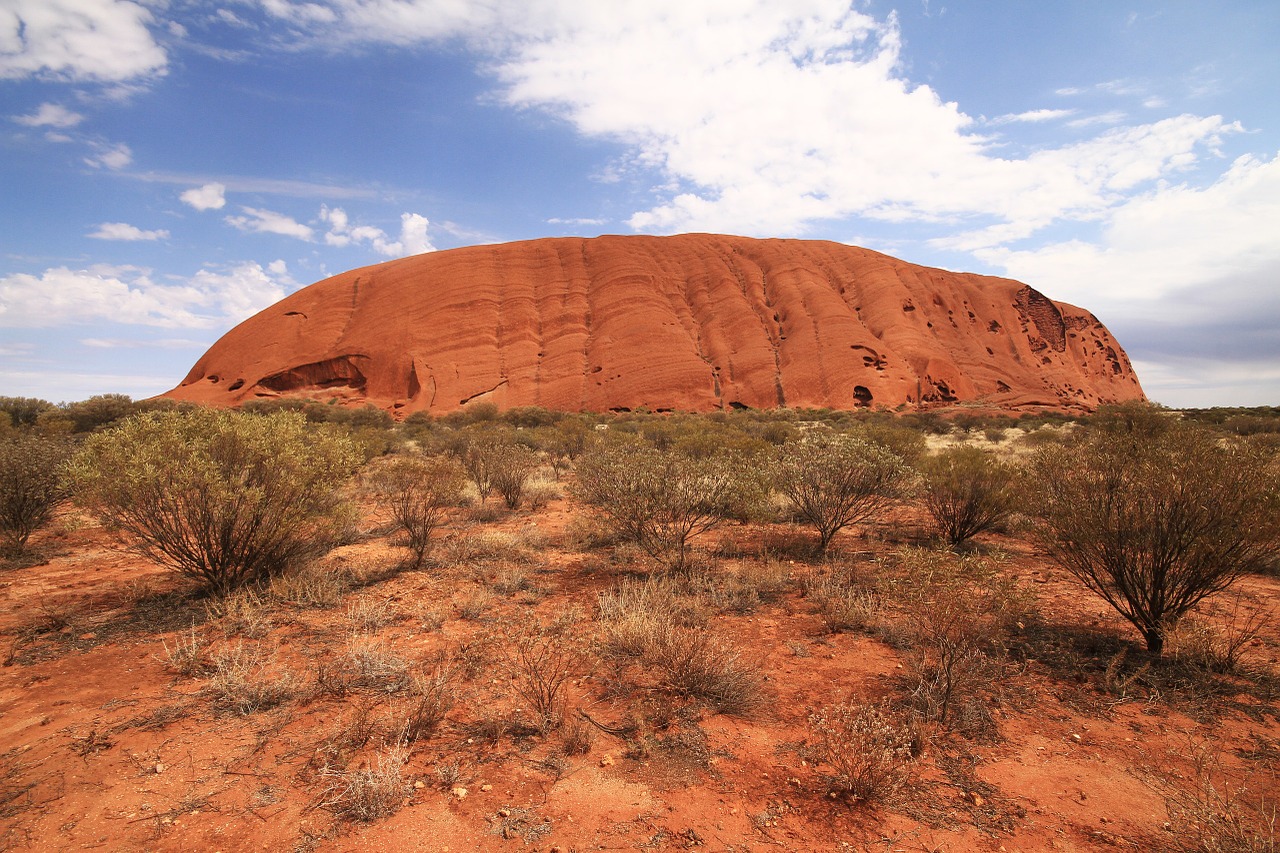
According to researchers, this is because the T. rex had an extremely stiff skull that allowed it to effectively crush its prey’s bones without cracking its own cranium.
“The T. rex had a skull that's 6 feet long, 5 feet wide and 4 feet high – and bit with the force of about 6 tons,” Kaleb Sellers, an anatomist at the University of Missouri, said, adding that it had traits similar to those found in modern-day crocodiles and hyenas.
This, Sellers said, effectively disproves a previous theory, which posited that the giant theropod exhibited cranial kinesis just like modern birds and snakes – a theory that came about as a result of faulty assumptions regarding dinosaur anatomy, specifically the interactions between bones, ligaments and cartilage.
“T. rex skulls prefer not to move”
In order to fully understand the mechanism behind the massive predator’s skull, Sellers and his colleagues from the University of Missouri, Ohio University and the University of Southern Indiana, decided to craft a 3D model of the T. rex, which allowed them to examine and closely observe how the roof of a T. rex's mouth would have reacted to the stresses and strains of chewing.
This model, as described in the academic journal The Anatomical Record, was built using analysis of fossil Tyrannosaurus skulls, as well as models of two of the apex predator’s modern-day relatives – a parrot and a gecko. Both animals, the researchers said, exhibit cranial kinesis.
According to researcher Ian Cost, what they did was they took movements commonly exhibited by modern birds and lizards and then applied them to their model of the Tyrannosaurus skull.
"What we found was that the skull of T. rex actually does not react well to being moved around and prefers to not move," Cost, a functional anatomist and paleontologist at the University of Missouri's Department of Pathology and Anatomical Sciences, said. (Related: Brazil dig unearths evidence of a new desert-dwelling dinosaur species.)
Casey Holliday, an anatomist and an associate professor of anatomy in the MU School of Medicine, noted in their research that this is because of an evolutionary trade-off between mobility and stability.
"When you put a lot of force on things, there's a tradeoff between movement and stability. Birds and lizards have more movement but less stability. When we applied their individual movements to the T. rex skull, we saw it did not like being wiggled in ways that the lizard and bird skulls do, which suggests more stiffness."
As noted by the researchers, their findings on how joints and ligaments interact can be used for applications beyond paleontology, such as human and veterinary medicine.
Mesozoic monster
One of the most well-known among the predatory dinosaurs, the T. rex was a giant, measuring up to 12 feet in height and 40 feet in length.
According to experts, the T.rex roamed the lush jungles of what is now known as western North America, where it hunted down and finished off herbivorous dinosaurs such as the frilled and horned Triceratops and the duck-billed Hadrosaurus using its mouth, which was filled with 9 to 12-inch long serrated teeth.
An opportunistic feeder, the T. rex was also not above cannibalism, evidence of which are several T. rex bones with deep gashes created by T. rex teeth.
Despite its terrifying power, the T. rex, as did all non-avian dinosaurs, went extinct as a result of the Cretaceous–Tertiary (K–T) extinction event, which obliterated three-quarters of the plant and animal species on Earth, approximately 66 million years ago.
Want to unearth more stories about the past? Visit Discoveries.news.
Sources include:
AnatomyPubs.OnlineLibrary.Wiley.com
Please contact us for more information.




















